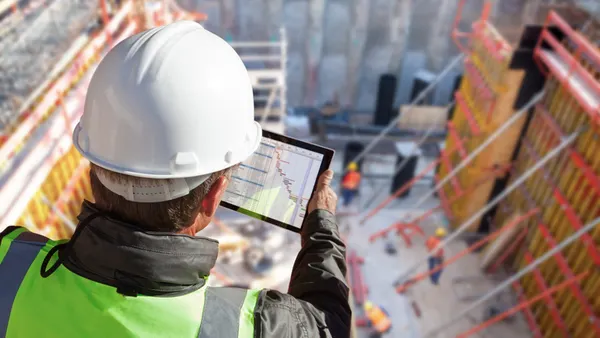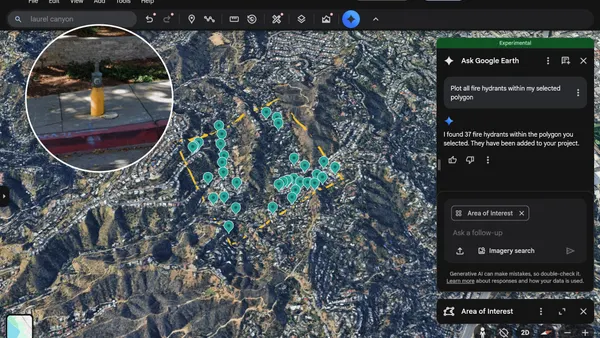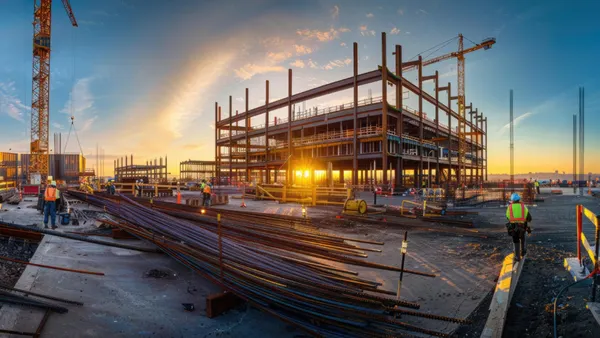Dive Brief:
- Seattle photo-based inspection tech firm HeadLight, formerly known as Pavia Systems, has raised $25.6 million through an investment from Viking Global Investors, based in Greenwich, Connecticut.
- The HeadLight technology, according to the company, allows users to "capture, interpret and act on data in real time" in order to mitigate project risk by catching potential issues right away and to provide an accurate representation of the project. Crews can also use Headlight remotely to create the same visual record that they could if they were physically on the jobsite.
- HeadLight was developed for infrastructure projects, and the firm counts state and municipal infrastructure owners, engineering companies, contractors, and suppliers as customers, including Jacobs Engineering, the Louisiana DOT and the Contra Costa Transportation Authority in Walnut Creek, California.
Dive Insight:
Currently, HeadLight technology is in use on 2,500 jobsites and has captured 2 million observations on $20 billion worth of projects. Company research indicates that mobile technology like Headlight makes it possible for field inspectors to spend an additional 38 hours a month in the field rather than performing administrative duties that would be necessary without such software.
Some state DOTs have already been using image-based technology to perform checks on infrastructure assets like bridges. In fact, A 2018 AASHTO (American Association of State Highway and Transportation Officials) survey found that 35 state DOTs used drones for inspections, taking aerial photos of highway construction projects, surveying, public education and outreach, emergency response, pavement inspections, scientific research and traffic control.
The Minnesota DOT has found this method speedy and efficient, improving the quality of inspections while reducing costs up to 40%.
The COVID-19 pandemic has also given the image-based inspection tool industry a boost.
During an April International Code Council teleconference, building experts from different areas of the United States revealed how inexpensive and readily available tools like Facetime, Skype, Google Duo and Microsoft Teams were in helping them carry out remote inspections during stay-at-home orders and mandates limiting construction activity,
Building departments reported that they were able to perform inspections earlier in the day because they could start remote work from home first thing in the morning rather than having to check into their offices. This also aligned better with contractors' onsite schedules and allowed them to get their inspections completed early — instead of waiting for an inspector to physically arrive on the job — and proceed with their work.
Even though the inspectors agreed that most remote inspections were of sufficient quality, there were some obstacles to the adoption of this new technology. Aside from resistance from older inspectors and some contractors who were not comfortable with the technology necessary to carry out remote inspections, the ICC found that:
- 40% of building departments don't have the capability to perform electronic plan reviews.
- 30% are not able to process and issue permits electronically.
- More than 60% are not able to perform remote inspections.










